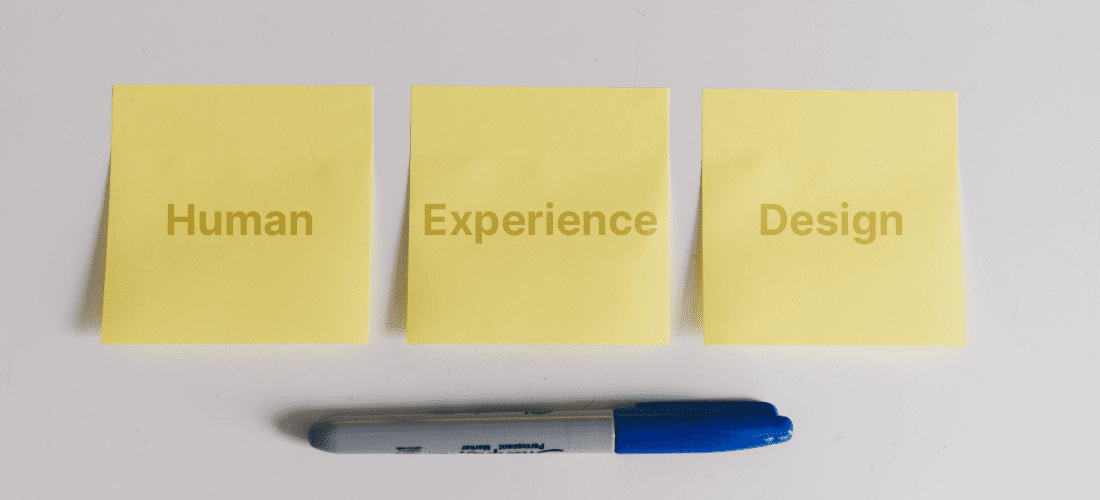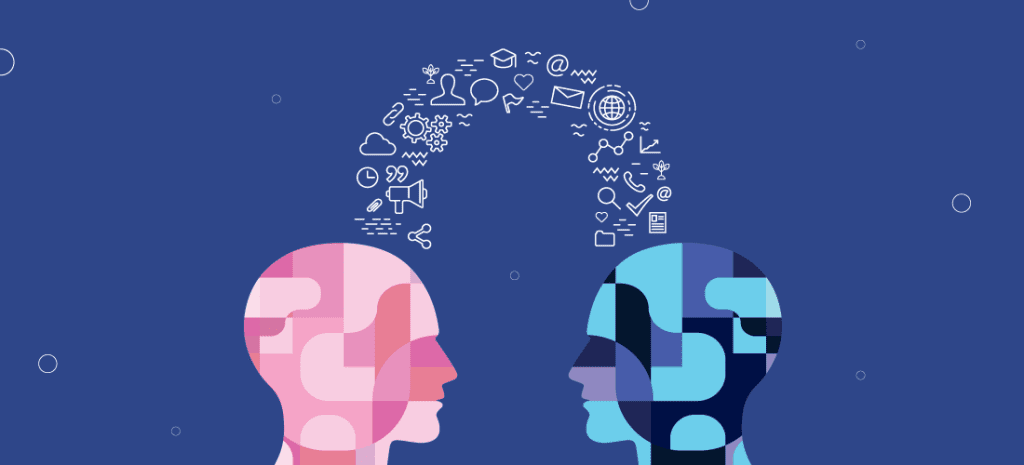
Sep 8, 2023

Human beings are designed to crave experiences that connect them to their true self. In recent years, technology has advanced and enabled people to connect in new ways, which were not possible back in the day. However, this entire process still makes the users feel less like a human.
Hence, in this ever-evolving digital world, people want to be considered and treated more as human beings instead of homogenous customers.
Organizations that are going beyond to deliver the customer experience and elevate the human experience will be in a better market position to create meaningful connections, foster loyalty, and drive growth.
When companies take that extra mile of creating a human experience for their users, they go beyond just showing up. They build love, seize attention, create connections, inspire dreams, build confidence, and recognize individuals.
Also Read –Devised for Design: Top FIGMA Plugins
Human Experience Design is a design that moves beyond the commercial aspect. It delivers an experience that not only fulfills a consumer’s demands but also focuses on their demands as human beings. It touches the entire ecosystem where consumers, employees, and even the environment are taken into consideration.
For example, Casper, a mattress design company incorporates human experience design beautifully as they design for moments of celebration, care, and rescue. They usually ask questions like, “How can we be a hero? How can our products make it better for the consumers?”
Hence, the company has made the basic act of sleeping into something worthy of celebration. The company is known to infuse purpose at every touchpoint in fun and creative ways, including pop-up nap pods and traveling nap mobiles.

This is the major demand of our ever-changing world. Also, with the increase in competition, it has become vital for brands to find new ways to connect with customers by creating experiences and stories which resonate deeply on a human level.
Human Experience design allows companies to take into account an individual’s beliefs, feelings, values, and ambitions because they form the foundation of who they are and what they want from a particular brand with which they choose to engage.
It also encompasses a company’s workforce and partners. This entire process helps brands to give a better experience to their users as connecting with the stakeholders on a human level helps.
A human experience cannot be faked, and so it will help the company stay true to its values and offerings. Also, users will realize this sooner or later and choose to interact or connect with your brand.
At the same time, it is possible to create a transparent ecosystem for the stakeholders and employees which will make them feel valued, and they will choose to stick with you for a longer time.
As a brand, you must influence users in a positive way, and there is nothing better that you can do to help the environment in some way or the other. It is vital to understand that human experience design is transformative as it takes a life of its own, in a way that a smile begets a smile.
One good example of this is Ford Motor Company. Automotive companies are one of the heaviest polluters, but Ford is changing the narrative with its ten-part environmental policy. The company uses sustainable fabrics in all its vehicles, and 80% of both its vehicles- ‘Focus’ and ‘Escape’ are recyclable. It further focuses on fuel efficiency and six-speed transmission.

The purpose is one of the pillars of human experience design, but it should be coherent with the brand’s values and personality as only then it will prove to be relatable. Also, make sure that purpose and values do not become elements attached to the wall as they will lose their meaning if the team fails to absorb them.
Thus, the brand essence should be incorporated into the routine, and every strategy must be thought out based on the definition of the brand values and purpose.
If you are looking to shift to human experience design, you will have to think for your employees. You need to set a work culture that is accepting of mistakes.
Many managers talk about innovation and creativity to stay ahead in the market, but they do not give that freedom to create. Acceptance of mistakes has a lot to do with authenticity. If you desire to be an authentic brand, you must create a different culture.
Marketers usually divide people into segments to find their market audience. It’s a great process for marketing positioning, but it fails to touch all the human complexities. Marketers also focus on the buyer persona, which describes the doubts and pain points of the public.
Although this description gets carried out around the company’s product from the human experience perspective, the analysis should be done in a wider context by considering people as humans and not just customers.
You can deliver human experiences if your organizations are adaptive, cognitive, purposeful, and conscious. It’s crucial to provide great UX and CX. It’s equally important to satisfy sophisticated customer expectations and corporate conscience.
Companies that put efforts into creating genuine human experiences front and center will be positioned in a better way to realize the benefits of this new competitive advantage.